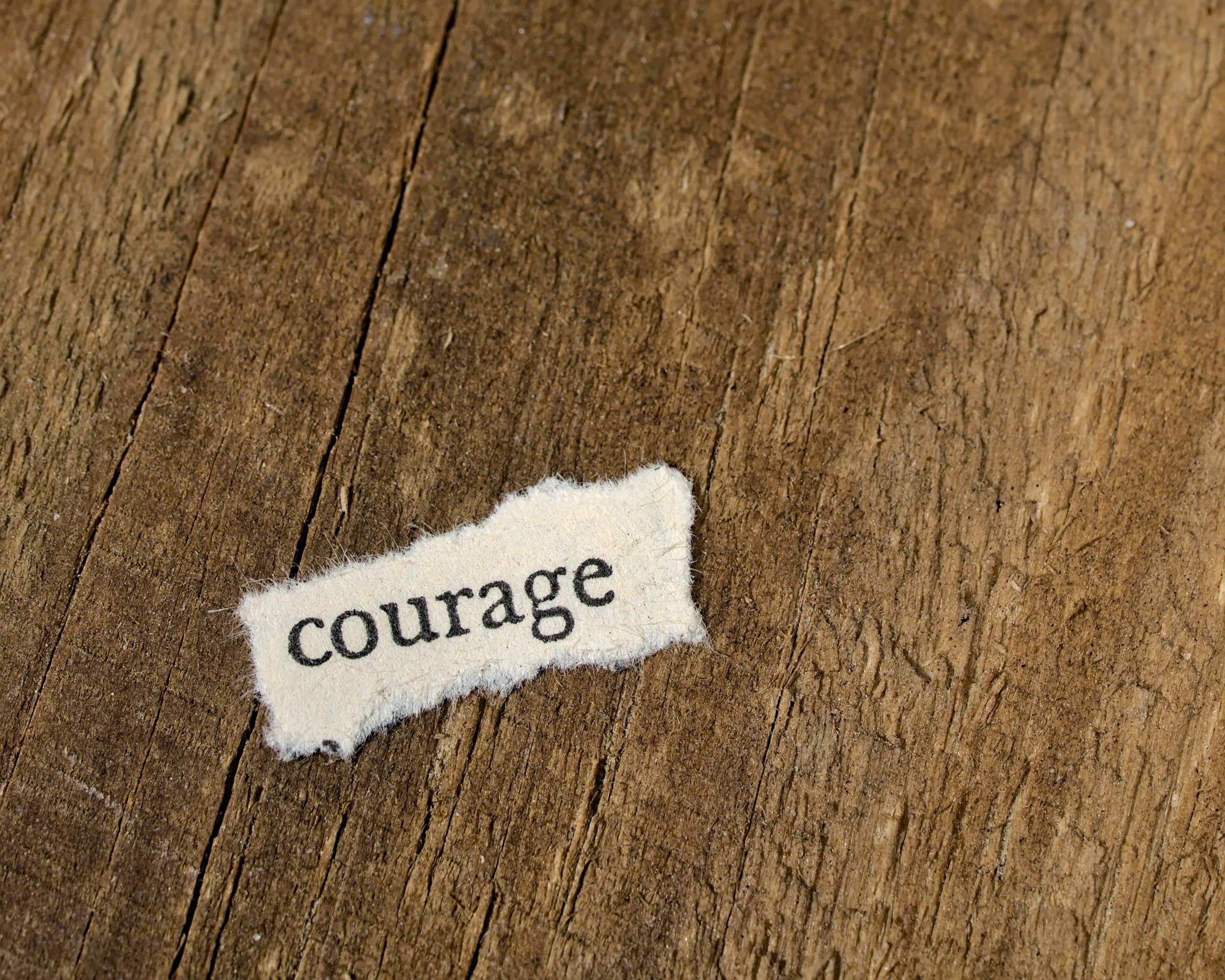hiding work in the attic
I’ve had a busy week, but a welcome interlude is my Monday evening class, ‘Narrative Project’ with local book maker and arts facilitator Rose Feather, via a local art school, Artpocket. It’s part of my journey and methodology for disseminating my research via visual methods. A chance to explore possibilities, dedicate some time to the project, and gain inspiration from an expert and like-minded individuals. The course is only five weeks long, but after two, I can already tell I’m going to miss it when it ends.
Last night Rose shared, listened and made suggestions for moving my work forward. I love talking about it, to people who I feel are genuinely interested. To others, I feel less brave. Rose commented positively on that bravery, on my willingness to try something new and on putting myself out there in a way that makes me vulnerable.
And I thought, yes, it does need an element of bravery. But I read something somewhere recently (I can’t remember where, I must find a better organising system!) about artist-researcher-teachers needing to have courage, and to not worry that everybody should understand what they are doing or saying, or why. Not everybody will, and that’s okay. This is definitely something I need to hold onto!
I connect this, in my mind, to a social media discussion thread I read: ‘What is the most important art and design skill for primary children to support their transition to secondary school art and design?’ What do you think secondary school teachers said? A skill? Experience in a particular media? No. It was the ability to take criticism and feedback, and to be able to move on positively from that. ‘Crits’ are commonplace in the education art world. They are a necessary., standard practice. Yet in primary, we can favour building confidence, always (rightly, to a certain extent) aware of not turning a child away from art as a subject. But critique IS important. Testing out my ideas IS important. Feeling okay with things not being perfect, feeling okay with not everyone agreeing with you. That’s important too.
I also connect this, in my mind, to my 2010 thesis about my practice as a teacher. Here’s the relevant extract:
“Even now I feel a dark cold Prussian blue vein of dread run through me at the thought of someone else reading my thoughts, opinions and stories in this thesis. It is important to me that I am understood and known to my reader, yet there is also a fear that I will be misunderstood, that I have somehow misrepresented myself, that I will be mocked, derided or condemned for what I say. Just as the artist has that unnerving fear of others’ opinions before unveiling works in a new show, I feel the same fear in propping my classroom doors wide open for the masses to traipse in, poke about, and question. Richert (2002) speaks of this ‘conspiracy of silence’, of how examining the uncertainties in one’s work can make teachers feel vulnerable. Beyond the public portrayal of the job with all of its performances and politics is a job which is so intrinsic to an individual, so very unique, that allowing someone else in feels akin to placing myself in the stocks. I feel exposed and vulnerable. ‘We teachers hide the work we care about in our own classrooms just as artists stack it in their attics.’ (Grumet, 1998)… Yet whilst recognising [this hidden away approach] Grumet also challenges [it], suggesting the overriding importance of sharing with and expressing our experiences to others and gaining recognition and feedback from this.’
References:
Grumet, M. (1988). Bitter milk. Amherst, MA: University of Massachusetts Press.
Rose Feather: https://www.rosefeather.co.uk/
artpocket: https://www.artpocket.co.uk/
